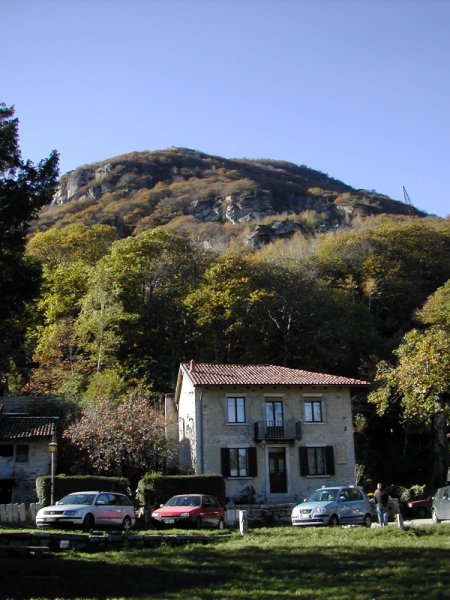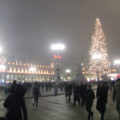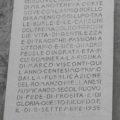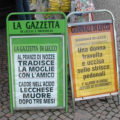Even marketers can get fooled by brand reputation. My daughter asked for an iPod for her birthday this summer. While normally somewhat cautious in buying electronics, I didn’t think twice about this – it’s Apple, right? They have a reputation for customer satisfaction and reliable hardware, right? Um, well… That reputation is no longer deserved, as far as I can tell.
I bought the iPod through Amazon (a good customer experience, but that’s another story) and had it sent to Ross at summer camp, knowing that it would be cheaper in the US, though she couldn’t use it til she got home. When she did, I installed the iTunes software on my Windows computer and connected the iPod. It worked well enough at first; we put over 800 songs on the 15 GB iPod – about 1/3 of its capacity. The connection to the computer was flaky from the start; I frequently had to reset the iPod before I could disconnect it. Then Windows just stopped seeing the iPod altogether. It still gets power through the FireWire cable and can be recharged, but the Windows operating system doesn’t find it.
That was when – too late – I did my homework. A browse through the Apple site revealed that:
- many, if not most, Windows iPod users have similar problems
- Apple support is unreachable online. There is no way to email them a query; all you can do online is send a request for a service number to send it back for warranty service.
After mentioning the iPod problems in an earlier newsletter, I heard from several people about similar problems, plus a problem I haven’t run up against yet: apparently the iPod’s rechargeable battery tends to go permanently flat just after the one-year warranty expires, and Apple will charge you $200 to replace it. See one customer’s response to this. However, on another site I learned that it’s not difficult to replace the battery yourself, for only about $40.
I borrowed a Mac, assuming that it would easily see the iPod and I could at least get it filled up with songs to keep Ross happy for a while. To my chagrin, the problem is exactly the same: the iPod can get power through its FireWire cord, but the Mac operating system can’t see it any more than Windows could. Also, to my surprise, it is easy to crash the iTunes software even on its native Mac platform. At least, it’s easy for me. I always manage to use software in ways that no one else does, so I’m very good at discovering bugs (programmers both love and hate me for this). But I really expected better from Apple, at least on their home turf.
Before I go to the hassle and expense of sending the iPod back to Apple (which I may have to do in the US, since I bought it in the US), I want to try a different cord and see if maybe the problem is there. Turns out that a friend of Ross’ also has an iPod, so we’ll try to borrow his cord. Interestingly, he also has a problem with his iPod: if he takes it jogging, it sometimes shuts off and can’t be turned on again until its battery has completely run down and then recharged.
Ross’, in the meantime, seems to have developed a mind of its own, turning itself on in the middle of the night with a series of loud beeps, and then starting to play.
So much for placing one’s faith in a brand. The Apple iPod: it’s cool, it’s trendy, it’s from Apple – buy it at your own risk.

















